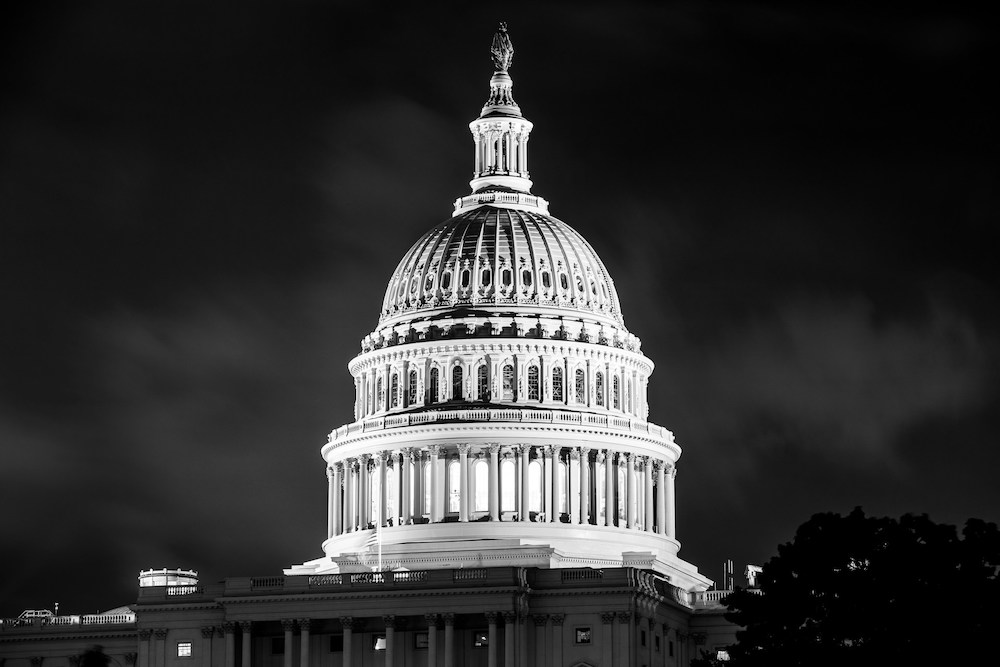
- Details
- By Chez Oxendine
- Policy and Law
Appropriations committees in both the House and Senate have rejected the Trump administration’s proposed cuts to Native housing programs for fiscal 2026. However, bureaucratic congestion and administrative uncertainty could still hamper tribal housing authorities that don't plan ahead, Native housing advocates say.
President Donald Trump's fiscal 2026 budget request would have slashed $477 million from block grant and competitive grant funding programs. The House Appropriations Committee instead suggested that the Department of Housing and Urban Development preserve current funding levels, at $1.344 billion. The Senate Committee on Appropriations kept that funding in their markup, S. 2465, which passed in a 27-1 vote in late July. If passed into law, the money would support programs under the Native American Housing and Self Determination Act of 1996 (NAHASDA).
Rudy Soto, executive director of the National American Indian Housing Council (NAIHC), said the bill would “safeguard” vital Native housing resources.
“Congress' proposed funding level demonstrates a recognition of the crucial importance of tribal housing programs for Native Americans, Alaska Natives, and Native Hawaiians,” Soto wrote to Tribal Business News. The funding, he said, would “support tribal self-sufficiency, sustain community economic development, and address housing gaps.”
The proposed funding maintains record-high levels set in fiscal 2025, which reached $1.3 billion. The allocations, once approved, would fund the Indian Housing Block Grant Program, which provides money to all 574 federally recognized tribes. That program would receive $1.11 billion.
The only cut proposed was to the Native Hawaiian Housing Block Grant, reducing it by roughly $4 million. That would drop the funding from the current level of $22.3 million to $18.3 million. The cut would still preserve the block grant, which the Trump budget request proposed removing entirely.
The budget also preserves $150 million in competitive grant funding. Trump's initial budget proposal, first issued in spring 2025, recommended eliminating the competitive grant program entirely. A later budget request rescinded that proposal, a fact now reflected in the final appropriations bill.
Sen. Patty Murray (D-Wash.) said the Senate bill would preserve momentum in addressing tribal housing crises. In communities where residents are more likely to live in poverty and overcrowded homes, such funding is crucial, Murray said.
In her opening statement prior to a markup session, Murray said the bill would keep people safe and housed.
“The bill has serious bipartisan compromises that reject many of the truly harmful cuts Trump and House Republicans are pushing for, and maintain crucial programs that help make sure folks back home have a roof over their heads,” Murray said. “We reject the painful cuts and policies Trump and Office of Management and Budget Director Russell Vought are trying to inflict on our communities.”
Dave Castillo, chief executive for Native American Community Development Financial Institution (NCDFI) Native Community Capital, was “cautiously optimistic” about the Senate bill.
However, Castillo said external factors — such as Trump's widespread purge of the federal workforce — may inhibit tribal housing in other ways. Without people to manage the grant program, or should the White House freeze funding again, tribes could be left without support.
“The administration may opt not to spend it or deploy it. There just won't be anyone there to request funds from. The money may be there on paper, but it may not get to the communities, because the White House will just decline to make it available,” Castillo said. “If we have to sacrifice headcount in charge of grants management, then it's going to be a rude awakening.”
Castillo predicted the administration would push to reduce funding for the block grant program in the future. He pointed to a NAHASDA provision that indicates tribes should use block grants to generate other investments. The block grant formula is regressive, Castillo said, intended to lower funding as tribes lose “current assisted stock,” or IHBG-supported housing.
Rather than counting on continued preservation of $1 billion-plus in funding, Castillo said tribes should plan to explore other ways of funding their housing goals. He listed new market tax credits and low income housing tax credits as potential sources of financing.
Tribes will likely soon be on their own on the housing front, Castillo said, so they should be prepared. With uncertainty ahead, multiple routes to continuing to build new housing stock and rehabilitate existing stock should be considered.
"The intention of NAHASDA was to say that there would be absolutely minimal federal funding over time — that Natives have to find some way to be self-sufficient,” Castillo said. “I think there's a lot of pain in store for tribes who haven't modernized their approach to housing to use federal funds as the legislation intended. It's going to be a very difficult transition, and I think the opportunity is to look for other options.”
